The Large Hadron Collider (LHC) was not built to sell sandwiches. If it had been, the 21 countries that contribute a combined £566m every year to fund Cern, the scientific community behind it, might have baulked at the cost. And it’s fair to say the efforts of Cern, which gathers some of the brightest minds in the world, may be wasted if it focused on food to go, even if it is the next big thing in convenience.
Despite this, we are in Geneva, standing 100 metres above the LHC, a giant hollow ring made from various metals and electrical circuitry with a circumference of 17km. It’s probably safer to be 100m above it, frankly. At various points it drops to minus 271 degrees C and at others it gets hotter than the Sun. It also uses the strongest vacuums in the world and the most powerful magnets. So it’s not something to get lost in.
Or accidentally push the wrong button. Not only is the Collider incredibly expensive, it’s also incredibly complicated. Cern believes it will solve the mysteries of the Big Bang, no less, or to put it another way, it will solve the puzzle of how planet Earth, and therefore the human race, came to be.
E=MC2
It aims to do this by accelerating particles around the ring until they collide into each other, creating billions of tiny Big Bangs in the hope that one of them will offer up some clues as to what happened during the first one. Yet here we are talking about its relationship with soup, sandwiches and salads. What’s going on?
Professor Doctor (yes, both) Michael Feindt is the man with the answer. A former Cern scientist who worked on the Large Electron-Positron Collider (the predecessor of the LHC - both use the same tunnel), one of his tasks was to work out what to do with the resulting data.
“We wanted to measure the collisions,” says Feindt. “Each collision is like a mini Big Bang. Pure energy makes new particles, according to E=MC2 by Einstein, and there are 25 million collisions every second. So we observe billions.”
That creates a lot of data. “The amount of data is outstanding. Until two years ago the Hadron Collider was the largest data source in the world, but now telephones create more because everyone takes pictures on smartphones and a picture is a lot of bytes. But we take data, data and more data, over 10 petabytes a year. Imagine creating a stack of data CDs as high as the Eiffel Tower every second. It’s probably even more.”
Feindt developed the NeuroBayes algorithm to make sense of it all. “Data is just something,” he says. But once you decipher it, “information equals insight.”
So when Feindt’s contract at Cern ended in 1997, and with a family to consider, he decided the traditionally unpredictable life of a scientific researcher was not ideal and that perhaps he could examine how his NeuroBayes algorithm could deliver valuable insight into commercial fields.
Experiments with the stock market were mixed, but insurance claim forecasting was more successful. He formed a company called Phi-T in 2002 before changing the name to the more pronunciation-friendly Blue Yonder in 2008. It made steady progress. Then Warburg Pincus backed it to the tune of £50m in December 2014.
Consumer goods clients across Europe now include supermarkets Kaufland and Kaiser’s Tengelmann. All use Blue Yonder to make strategic decisions ranging from pricing to demand forecasting, with the ultimate aim of boosting profits. UK-based food-to-go outlet Eat (where the sandwiches, soup and salads come in) teamed up with Blue Yonder last year to predict what customers would choose to order at its 114 branches based on the weather. Eat subsequently cut waste by 14% and sold more frozen yoghurt in two days than it had over the previous 365.
“If we have a complete history of previous transactions then we can build a model that tells us ‘this will happen next year’,” says Feindt. “Of course it’s just a probability. But your probability is half my probability, and I am being kind to you! What we do is exploit the data available from retailers to make predictions that humans cannot. It is way better than gut feeling, or years of experience.”
And he warns that after a long groundswell, businesses founded on big data are starting to win out against more traditional tactics.
“Big data is dangerous for standard businesses,” he says. “Some industries have been completely disrupted by small companies that do everything based on data and automatic decisions. In the music industry, the mighty music companies are gone. New companies are making the money now. Or Uber, which will completely change the private transportation taxi system. Getting the value out of data will become so important that if you don’t do it, you will not survive.”
This will be true of all industries, he predicts. And it’s timely that data-driven Amazon has just overtaken the relatively old-fashioned Walmart in terms of market capitalisation for the first time ever.
“Even well-established companies are in danger,” he nods. “You can’t sit back and say ‘I’ve been around for 150 years and no one can do anything to me’. That’s not true. In the digital world, things can change from one day to the next. A few years ago no one was talking online seriously. But the catalogue companies that didn’t launch an online shop are all dead now. It will come. The only question is, will people realise it early enough to save their business or not?”
What is Cern?
Cern was formed in 1954 in order to regroup the world’s elite scientists that had been scattered around the globe as a result of WW2, hence its base in neutral Switzerland. It is now an international community made up of 20,000 physicists around the world. Alongside the LHC, its biggest hits include creating the World Wide Web in 1991, then giving it away for free in 1993.Cern is funded by 21 member countries with contributions based on each country’s GDP. It has 2,500 resident staff at its HQ in Geneva, on the Swiss/French border.







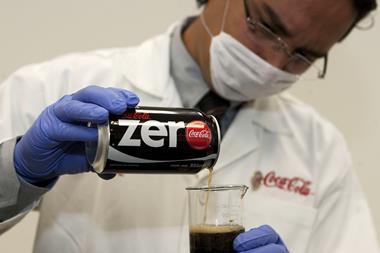
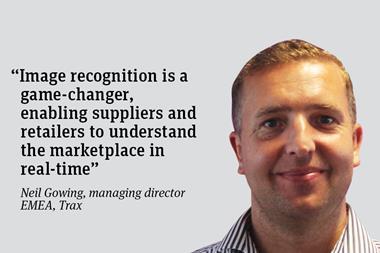
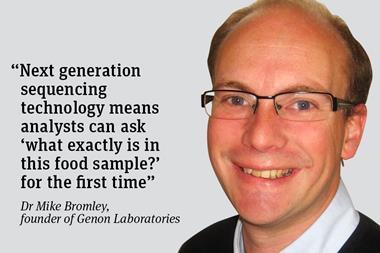
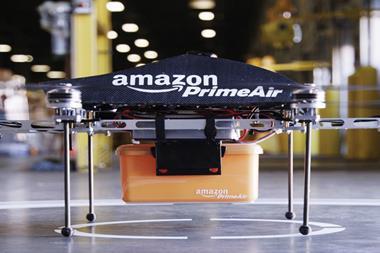

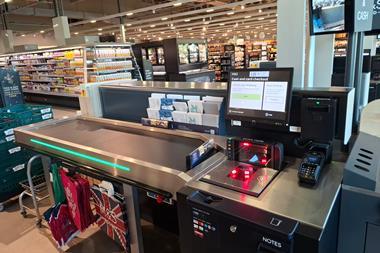






No comments yet